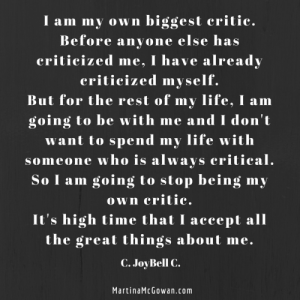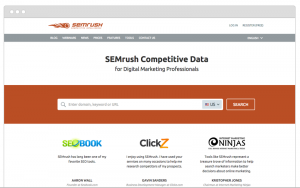Just short of one year ago, a dress broke the Internet.
A seemingly unremarkable photo of the dress, along with a question about color perspective, was posted to a Tumblr account and went unexpectedly viral, resulting in millions of posts to social media and all over the Internet, eventually being dubbed #DRESSGATE. The outcome of this short-lived but high-profile event went beyond Internet noise to significant sales revenue. The dress manufacturer, Roman Originals, presumably never knew what hit it when thousands of orders flooded in from all over the world for the $ 77 dress.
Such viral fashion phenomena have become both a blessing and a curse for the fashion industry. Can they be predicted, or at least anticipated? How can production and inventory fulfillment be ramped up quickly to meet demand? Brands with healthy and responsive extended supply chains will be better prepared and able to meet consumer demand. And unfortunately, the rest will likely miss out on their retail “15 minutes of fame” and, of course, the resulting profits.
Not every dress-gone-viral is quite as random and unexpected as that of #DRESSGATE. Celebrities have always influenced fashion, but the speed at which that happens is now faster than ever, thanks in part to social media and e-commerce being readily available on mobile devices.
For example, Michelle Obama, wearing a stunning marigold midi dress by designer Narcisco Rodriguez, reportedly stole the show at the president’s recent State of the Union speech. The sleeveless dress sold out on Neiman Marcus‘ website before the president had even finished his speech Tuesday night.
The kind of worldwide attention Obama and her labels are getting can boost an entire corporate psyche from designer to ground floor. It can boost sales as well: Obama’s now-famous J. Crew beaded cardigan reportedly sold out by mid-morning the day she wore it to an event.
Retailers like J.Crew and Neiman Marcus have demonstrated that their supply chains are able to ramp up quickly to meet consumer demand when a certain fashion piece goes viral — but not every brand has that ability. What can retailers do to ensure that they are prepared should they be the lucky target of the next #DRESSGATE?
Building a customer-centric supply chain
Respond and orchestrate by sensing and capturing real-time demand and supply data and responding profitably in a timely manner. Augment traditional “structured” data sources with “unstructured” social data including social sentiment, weather, and sports to the point where demand can be predictive.
Flexibility is extremely important, especially when dealing with your extended network. You need the value chain agility to quickly respond to a huge uplift in demand for a style, as well as the ability to drop a style if it is trending negatively.
Forecast at the style level. Don’t attempt to create a detailed forecast per channel. Instead, create a one-number anticipated demand per style and a supply plan with built-in flexibility. Keep planning on a high level (the style level); that gives you the flexibility to adapt. If you start planning a line on the detail level, you’ll get boxed in. Let consumers lead; make more of the winners and drop the losers. That way, the consumer is driving design.
Rethink consumer demand. It is not possible to compete with aggregated demand for a product family in a region. To respond with speed, we need the information at the detailed level so that it can be aggregated and analyzed to service a channel, market sector, customer, and specific order.
Get a glimpse of the future of supply chains
If you would like to hear more about the future of supply chains, I invite you to attend an upcoming Webinar on February 18: “Disruptions in Supply Chain – Are You Ready for 2016?” In the session, Simon Ellis of IDC and Hans Thalbauer, SVP for Extended Supply Chain at SAP, will discuss:
- Why the current supply chain is poorly equipped to manage high levels of customization
- Why the future of the supply chain is one of an outwardly networked and collaborative organization that will sit at the center of three lobes — a demand network (“demand-aware”), a supply network (“supply-visible”), and a product network (“innovation-connected”)
- How cloud-based business-to-business platforms, and other technologies, are key enablers to reimagining operations and the supply chain
Register now to attend this enlightening session.
Business & Finance Articles on Business 2 Community(5)







